Christian Peeters (1956–2020)

A little over a year ago, on the first of September 2020, the myrmecological community received the sad news about the passing of Dr. Christian Peeters. As many of us remember, Christian was very enthusiastic about ants. That is why we at the Myrmecological News Blog wanted to pay tribute to him by conducting short interviews with some of his principal co-authors, colleagues and friends, and collecting some pictures in his memory. To follow the short stories we collected, the questions we asked each interviewee were: Do you remember the first time you met Christian Peeters, and how was the experience? If you had to choose, what is your favorite contribution from Christian Peters to myrmecology? Which ant makes you remember Christian? Could you share an anecdote about him?
Mathieu Molet remembers meeting Christian in an appointment about a graduate internship, at his office at Université Pierre et Marie Curie. “He was sitting in his office with piles of ant-related books, posters, and items”, Mathieu said. It was a big ant mess, and Mathieu thought, how many years and trips around the world does it take to gather all of this!? He was very impressed and shy, but as people know, Christian was an ice breaker and he was very welcoming. His favorite contribution to myrmecology by Christian is breaking down the classical view of the stereotyped ‘big ant queen that rules the colony’ and exploring the diversity of reproductive phenotypes in ants, with gamergates of course, but also all types of winged and wingless queens. This has so many implications for the division of labor and conflicts, and more generally in ecology and evolution. The genus of ants Rhytidoponera makes Mathieu remember Christian because it was the ant they went after in Australia for their first field trip together in the early 2000s. Mathieu shared as an anecdote: We brought large rotten logs to the hotels, put them in the bathtub, and took the logs down bit by bit with forceps to get the ants out. The cleaning staff must have been horrified… Especially that one time where a whole colony escaped in the room overnight. A second anecdote was that Christian enjoyed getting close to the (not-so-friendly) wildlife. Swimming in waters with crocodile-warning signs in Australia, or being chased by angry rainforest wasps in Madagascar after he tried to check their nests. As a young student, Mathieu wondered what he was going to try out each time they reached a new field spot!

Fuminori Ito remembers the first time they met was in 1989 in Australia. After conducting fieldwork on Pachycondyla sublaevis (now Pseudoneoponera sublaevis) near Cairns, he traveled to Sydney, and met Christian, who was a postdoc there. They enjoyed beers near the opera house and discussed their first joint paper on colony composition of P. sublaevis. Fuminori’s favorite contribution is Peeters and Ito (2015), wingless and dwarf workers underlie the ecological success of ants. The ant species Ophthalmopone berthoudi is the ant that reminds Fuminori of Christian. He used the very special term “gamergate” for mated and egg-laying workers on this species for the first time. “This term is not so good, because it is not familiar to most people. Actually, he regretted using the term”, Fuminori mentioned. An anecdote, Fuminori shared: We had known each other when I was a PhD student and he was postdoc; therefore, we started collaborating more than 30 years ago. He was always kind to young people. When I attended the IUSSI in Paris right after I got married, I asked him to book us a good hotel since I was going with my wife, and he booked us a wonderful petit hotel in Paris. When he came to Japan in December 2019, we invited him to have dinner, and we expressed our gratitude to him for it. It was the last time I saw him…

Johan Billen’s first big congress was the IUSSI-meeting in Boulder, Colorado, in August 1982. During one of the coffee breaks, he saw Jacques Pasteels chatting with a young student who turned out to be Christian. Jacques called Johan saying “Come and join us to have a meeting with Belgians“. That was the very first time he met Christian, almost 40 years ago. Since then, Christian and Johan developed several collaboration projects over many years that resulted in 15 joint papers. Johan’s favorite is the last one they produced, and which was accepted just a few weeks before Christian passed, Billen & Peeters (2020), glandular innovations for a tunnelling life: Silk and associated leg glands in Melissotarsus and Rhopalomastix queen and worker ants. He knows that Christian was also extremely proud of this paper, he described it as “a long pregnancy that produced a beautiful baby”. Melissotarsus is definitely the genus of ants that makes Johan remember Christian. Its very peculiar life tunnelling inside live trees, their deformed legs that do not allow the ants to walk normally out of their tunnels, their unique feature of silk production, the presence of glands that other ants do not have, the extremely powerful mandibles that allow them to chew through wood of live trees… All these aspects intrigued Christian and resulted in two papers on these ants as co-authors with several more in mind for the future… As an anecdote, Johan shared: In the coffee break of the European IUSSI meeting in 2008 at La Roche en Ardenne, they talked with other colleagues about the expensive dissecting forceps and the horror if such forceps are dropped and the fine tips are damaged. Johan mentioned, “It is equally bad to dissect Ponerines with their thick hard cuticle”, and Christian immediately responded, “Do they indeed have a thicker cuticle than other ants, did you measure the thickness?”. Returning to the lab, Johan started measuring the cuticle of various species with broad phylogenetic diversity, confirming the thicker cuticle in Ponerinae. Almost 10 years after the initial congress coffee chat, the paper got published (Peeters, C., Molet, M., Lin, C.C. & Billen, J. (2017), Evolution of cheaper workers in ants: comparative study of exoskeleton thickness).

Corrie Moreau remembers having met Christian for the first time while doing her Master’s degree in Brian Fisher’s lab at the California Academy of Sciences. Brian and Christian had done many research expeditions together so Christian was often around. She remembers being in awe of his knowledge of the reproductive biology of almost any ant species you could name. “Christian Peeters was a prolific scientist, so trying to narrow it down to one favorite contribution is difficult” said Corrie, but while she was a Subject Editor for Myrmecological News she had the pleasure of handling a review by Christian titled “Wingless and dwarf workers underlie the ecological success of ants (Hymenoptera: Formicidae)“. In this review, Christian and Fuminori made the case that the ecological dominance of ants may be explained by the evolution of a miniaturized and wingless workforce. She found that this contribution is important since it sets out testable hypotheses and helps frame colony-level traits that may have facilitated the ecological success of ants. Any Ponerinae ant makes Corrie think on Christian. The rarer the ponerine, the more obsessed Christian was to study it! Being in the field with him when there was an elusive ant that he just had to collect was fun. He was relentless and so excited when he found the species he had been searching for. As an anecdote, Corrie shared: Before his unexpected and untimely death she was planning to spend her sabbatical in his lab. On a trip to Paris to visit his lab to set up all the details of my upcoming sabbatical visit we grabbed sandwiches to have lunch in the park next to Sorbonne University, Corrie said. There was a wasp that kept trying to steal a bit of meat from Christian’s sandwich, but he kept swatting it away. When we got up to walk back to his lab, I noticed one side of his face was very, very swollen. When I mentioned this to Christian, he said that he got tired of waving away the wasp, so he accidentally bit down on it when it was on his sandwich and it stung him. This typifies how he went about fieldwork too. He never let things slow him down even if he got stung on the face by a wasp!
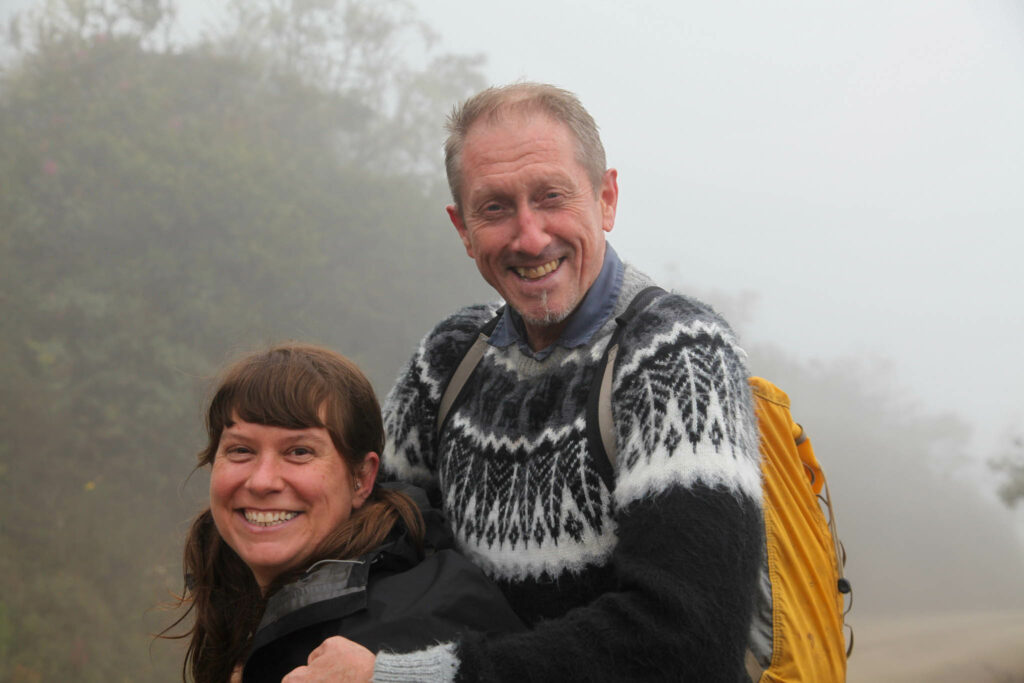
Evan Economo first met Christian at a conference. Since then, he defined Christian as curious about who you are, what you care about, what you are working on, and especially all things about ants… “He had a natural inquisitiveness that was inspiring” Evan said. Another important thing about Christian is that he traveled around a lot, meeting different people and making connections, he had collaborators and friends on every continent. Science needs these people, the “connectors“. Later, Christian was on a trip through Japan and stopped by and visited Evan’s lab in Okinawa, and they set off collaborating on several projects. As someone who is more of an introvert, Evan says he appreciates outgoing people like Christian. Evan’s favorite contribution probably is Peeters & Ito 2001, colony dispersal and the evolution of queen morphology in social Hymenoptera. “He had an excellent sense for the co-evolution of social life and morphology in the ants”, Evan learned a lot about this from Christian. Furthermore, in myrmecology some people know a lot about the complex sociobiology of ant colonies, usually heavily influenced by a small number of experimental species, but sometimes lack a feel for the breadth of ant diversity and characteristics of different clades. Then you have people who have a large-scale view on the diversification of ants across the phylogeny, but are not as well versed in the latest research on the complex biology occurring within colonies. Christian was good at connecting scales, he could take some interesting morphological observation or behavioral finding, then project that across the phylogeny and think about the implications for the larger evolutionary context of the diversification of ants. Evan admired this ability of Christian’s, and thinks this is nicely reflected in this paper that synthesizes many details of morphology and life history into fundamental insights about the evolution of ants. The ant genera Melissotarsus and Rhopalomastix make Evan remembers Christian. He was extraordinarily fascinated with Melissotarsus and all the particular adaptations of that lineage to its unique lifestyle of carving and inhabiting tunnels in living wood. He also was naturally very interested in the sister lineage, Rhopalomastix, which shares some but not all of the unusual traits of Melissotarsus. Evan remembers how excited Christian was when they found Rhopalomastix in the field in Okinawa, and he brought a big tree trunk back into our lab to study the colony nesting inside. Evan was just as fascinated watching him study this colony, how he approached it. “Sadly, we were only about halfway through the studies he had planned on Melissotarsus when he passed” Evan mentioned. Evan shared an anecdote: During a workshop we were hosting, we loaded a Melissotarsus into virtual reality, allowing him to interact in real-time with a 3D model. He could hold a big Melissotarsus specimen with his hands, blow it up the size of a horse, and so on. Seeing and manipulating the specimen in 3D actually gave him new insights about the species’ functional morphology, I remember him looking at the specimen head on and saying “I can imagine how it moves through the tunnels”. He said it was one of the greatest experiences of his life, and we couldn’t get him to put it down and let the next person have a go! That was one great thing about Christian, he was always excited about the new things and brought youthful enthusiasm wherever he went, especially for anything about ants.

Christian and Roberto Keller met for the first time in 2002 at the XIV Congress of the IUSSI in Sapporo, Japan. Their mutual friend Donat Agosti knew they shared a focused interest in ponerine ants and rightly intuited they had much to discuss. Roberto was overwhelmed by the excitement of meeting someone in person whose work he had read in detail and was surprised by Christian’s child-like curiosity about his own incipient research as an aspiring graduate student. “We collaborated for the next 18 years and even though he was decades more experienced than me, he was both a mentor and a good friend, always treating me as his peer” Roberto said. Roberto’s favorite contribution from Christian is his pioneer discovery of queenless ant species and research into the colony reproductive dynamics among the gamergates (=”mated workers”) that evolve with queens’ disappearance. Any ant in the subfamily Ponerinae, but Diacamma, in particular, makes Roberto remember Christian. He did extensive research on the species of this queenless genus and their fascinating reproductive hierarchical structure that involves a ritual of body mutilation. As an anecdote, Roberto shared: Once, when I visited Christian’s Lab in Paris, we cycled from his apartment near Voltaire to the University in Jussieu. I followed him through some small charming streets until we reached the huge roundabout at Place de la Bastille. At this point, Christian instructed me to stay close. We rode through the chaotic six-lane traffic, among exasperated taxi cars, impetuous buses, and a swarm of nervous motorbikes. Then down Boulevard Henri IV until we reached the university campus in one piece. I was shaken but relieved, he seemed calm and ready to spend the rest of the day looking at ants under the microscope. But that was Christian, as comfortable navigating the Parisian urban jungle as he was the mountain forests of Madagascar.

Brian Fisher remembers his first trip with Christian to Madagascar. They met in November, 2004 in Sambava in Madagascar and then they spent the next four weeks exploring the remote forest of Northern Madagascar. Their work was focused on the reproductive biology of Mystrium; they discovered that most species have wingless queens that are smaller than the workers. Brian’s favorite contribution from Christian is the work on reproductive strategies, including winged and wingless queens and the dichotomy between independent colony foundation (ICF), and dependent colony foundation (DCF) exemplified in the following publications: Molet, M., Wheeler, D., & Peeters, C. (2012), evolution of novel mosaic castes in ants: Modularity, phenotypic plasticity, and colonial buffering. Peeters, C. (2012), convergent evolution of wingless reproductives across all subfamilies of ants, and sporadic loss of winged queens. Peeters, C., & Aron, S. (2017), evolutionary reduction of female dispersal in Cataglyphis desert ants. Lioponera is the genus of ants that makes Brian remember Christian. For many years they collected and observed epigaeic foraging Lioponera in the mountain forest of Madagascar. “I regret that is one of our studies that was never published” Brian said. Brian shared with us this anecdote: For over 15 years, Christian and I had joint expeditions to Madagascar, Africa, or held Ant Course. Everywhere we went, Christian was always keen to try the local cuisine. In Madagascar, we always stocked his favorite food in the field: cassava leaves with pork (ravitoto sy henakisoa). During these expeditions, Christian would often return to camp early to spend time observing the live collections we brought him. It was those observations that led to many of our published works. Christian also had this habitat of getting lost. Our cook learned that if Christian did not return for dinner, he would start banging the pots hoping the sound would direct him back to the camp.

Myrmecology lost one of the most enthusiastic ant people and researchers. Christian Peeters’ contributions have a high value in the field. But most importantly, all the people who met him will remember him as a kind and welcoming person who was always open to talking about anything, especially ants.

Christian Peeters – early age 
Christian 2014 in Paris 
Christian 2018 in Paris

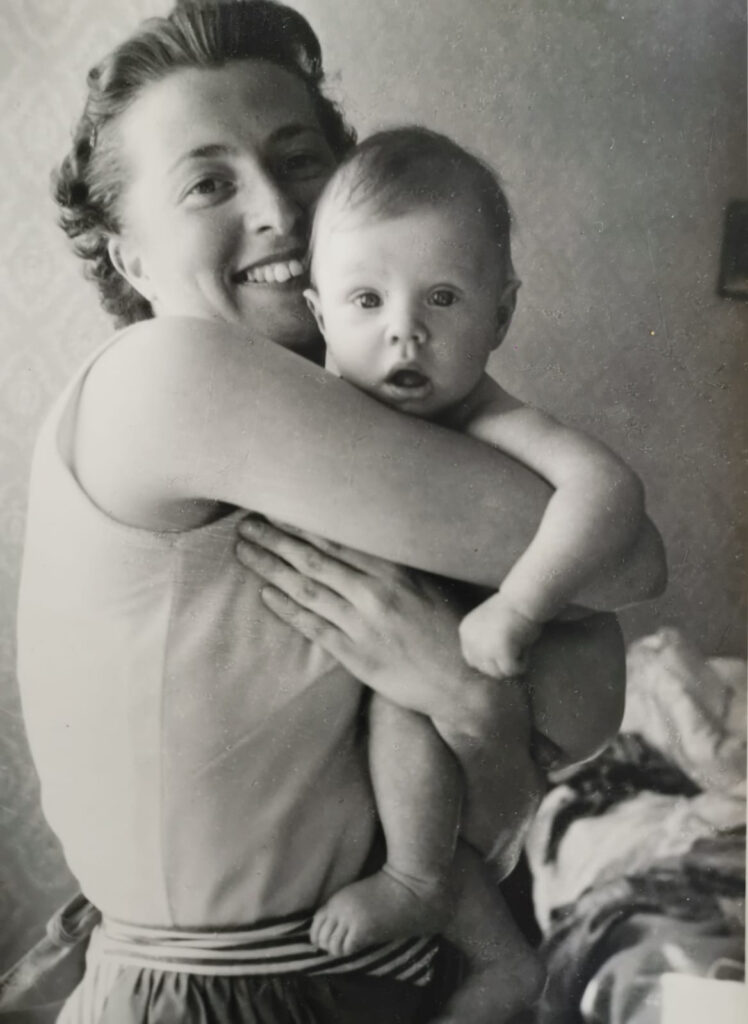
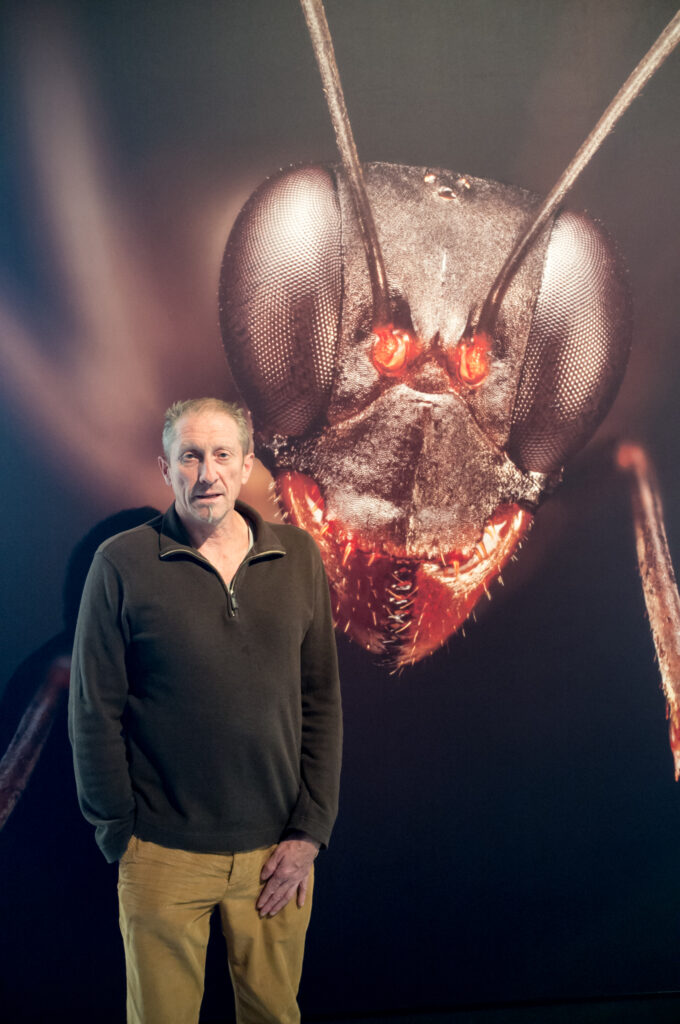
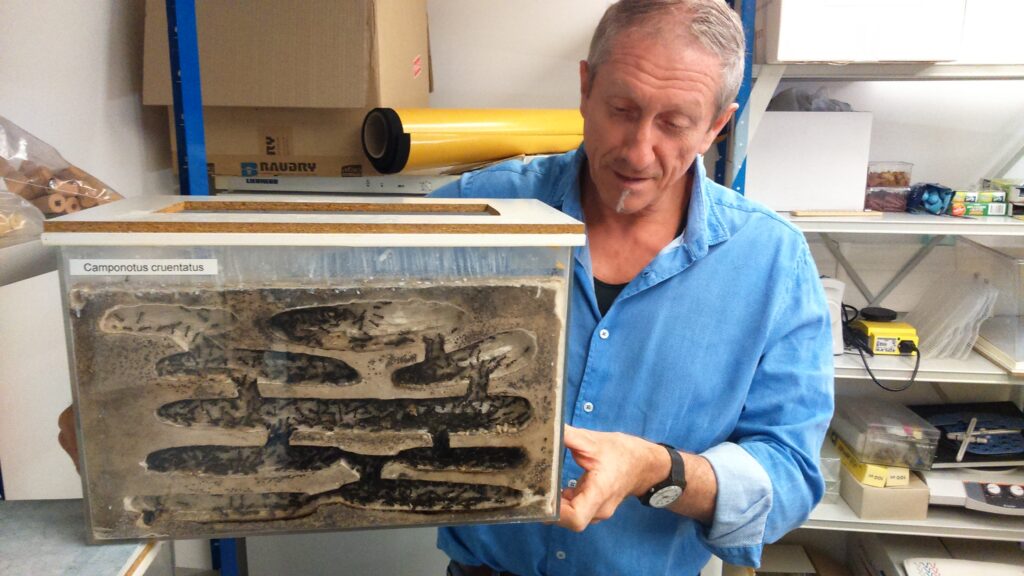

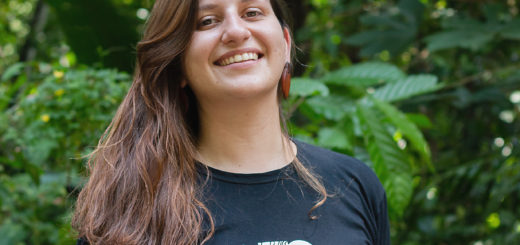
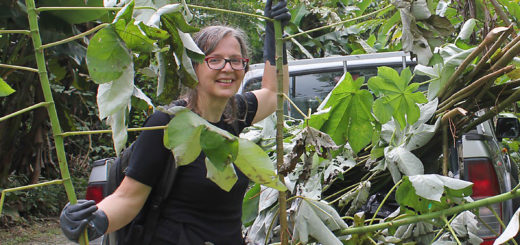
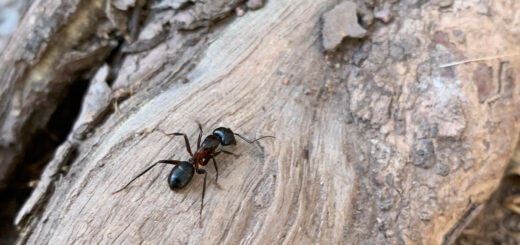
One great scientist we all miss. Sad. 😥
Thanks for publishing these memories. I worked with Christian at Jussieu from around 1997-2002 – he taught me all about ants and together we thought about how cuticular hydrocarbons might play a role in ant behaviour – we published a number of papers together. It was so sad to learn of his death. He was a lovely man, sharp, enthusiastic and generous.